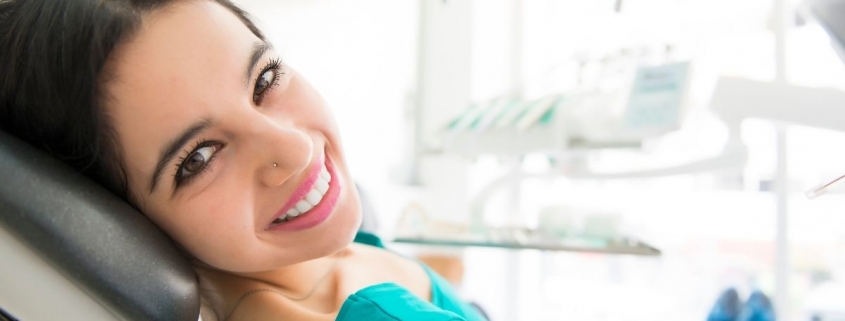What is Minimally Invasive Dentistry?
New Associate Dentist at CK Dental, Sonia Manikam believes that modern dentistry is a blend of science and art.
Sonia has a passion for minimally invasive dentistry. But what is minimally invasive dentistry? And how does this work with a trend for whiter and straighter teeth?
With more advanced dentistry techniques, using the best restorative materials, worn down teeth can now be preserved more easily. Teeth can even be perfected to look straighter and whiter. Dentists can help patients to manage their oral health better, as well as build their confidence.
What is ‘minimally invasive dentistry’?
Despite our best efforts to brush our teeth as frequently as our dentist encourages us to, most of us have some tooth decay. According to government national statistics, 92% of adults aged 20 to 64 have had dental caries in their permanent teeth. This can be caused by a number of factors, including bacteria in your mouth. Also, frequent snacking, sipping sugary drinks and not cleaning your teeth well can cause harm.
The ‘minimally invasive’ approach to treating dental caries incorporates the dental science of detecting, diagnosing, intercepting and treating dental caries on the microscopic level. The aim is maximum conservation of the dental enamel and dentin of a tooth. To manage tooth decay without losing too much of the tooth.
How have minimally invasive dental techniques improved?
Expanding on her view that modern dentistry is a combination of science as well as art, Sonia said: “Modern dentistry isn’t just lab-based. It’s about the dentist actually building up the teeth.”
“It is really nice to give a patient a nice smile, and to do that free-hand. It is possible to change the shape and size of teeth, and this is a very precise thing. It’s about functionality (being able to eat), but it’s also about confidence.”
People are grinding their teeth down faster, and there is the ongoing problem of acid erosion to teeth, mainly caused by sugary foods. Composites, or white fillings, were not even an option thirty years ago. Back then, the dentist would need to remove a lot of the tooth to fit a crown. Now, composites are much stronger, and made from more long-lasting materials. They can be layered and shaped to the teeth, without the need to drill any tooth away. The new surface can also be blended to match the enamel colour.
Dental veneers are now a common request by patients, but these may only require a very thin layer of enamel removed from the front of the tooth. The shape and colour of veneers can be adjusted with minimally invasive techniques.
How are techniques used in cosmetic dentistry?
The good news is that when teeth are missing, worn down, misaligned or discoloured, there are now more treatment options available which involve minimally invasive techniques. And patients can even be shown how their teeth will look after treatment.
Aligning the teeth involves some short-term orthodontics such as Invisalign. Only a fine amount of enamel may be rubbed away by the dentist, so the teeth can move into position within the clear aligners. This is unquestionably a more comfortable and less invasive alternative to braces, with noticeable results within weeks.
A patient may also want to proceed with teeth whitening. The results of this would be seen much quicker – after just two weeks. The Enlighten whitening treatment at CK Dental uses non-acidic whitening agents, which would not harm the tooth enamel.
After straightening, and whitening then composites are normally introduced, so that they can be colour-matched and moulded with the new shape of the teeth.
Sonia explained that it is amazing how teeth can be built up, even in very complex cases. And even though it is now far less invasive, for nervous patients worried about sensitivity when undergoing any dental treatment, there are more ways to help here too. At CK Dental, patients can expect a calm, reassuring and relaxed setting. During a consultation with the dentist, patients can discuss the option of sedation and general anaesthetic.
To find out more about any of our treatments, discuss your options if you are a nervous patient, or to simply book an appointment, please give us a call on 0117 905 9866.











